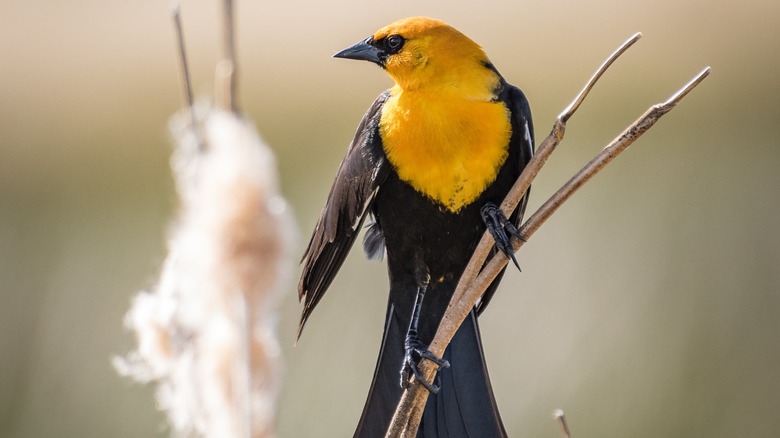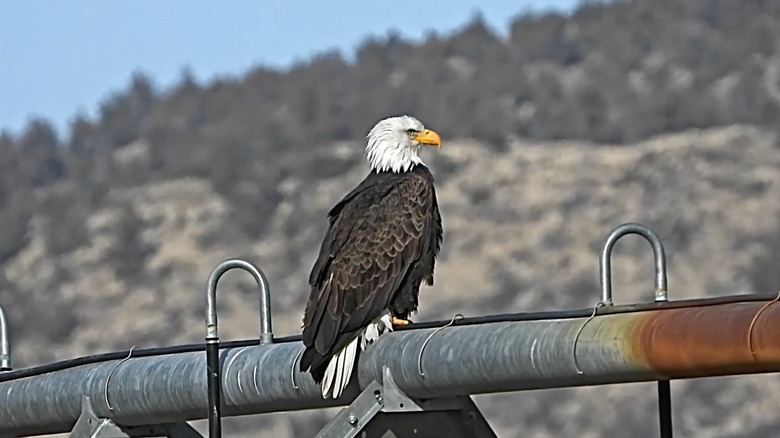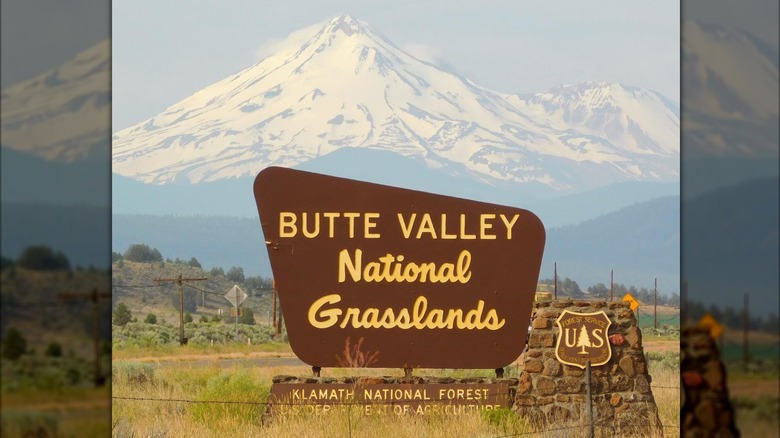
Nestled deep in the wilderness of Northern California is an underrated region with a picturesque lake that's home to hundreds of species of birds and a variety of wildlife. The Butte Valley Wildlife Area is a 13,400-acre sprawl just 20 minutes from the border of Oregon and a 40-minute drive from Klamath Falls, the Beaver State's "city of sunshine."
Arguably, the wildlife area's most scenic feature is the marshy Meiss Lake in the heart of it. Bird-watchers, hunters, and nature lovers will all find
something to enjoy in this little-known area of the Butte Valley. At 4,000 acres, Meiss Lake is already a sizable body of water, but it was actually much bigger in the past; it once covered the whole valley that stretches across the Butte Valley National Grassland, which borders the east side of the lake. The entire Butte Valley is surrounded by volcanoes, which form the basin in which it sits, so visitors to Meiss Lake can enjoy unobstructed views of the Cascades, including Mount Shasta.
Read more: The 5 Best Hidden Hot Spring Hikes In California
A Diversity Of Wildlife And History In The Butte Valley Wildlife Area

While many may not have heard of the Butte Valley Wildlife Area, the same can't be said in the bird-watching community, as avian lovers flock to the area to spot the great variety of birds here. It may not be one of the top birdwatching destinations in the U.S., but based on the checklist offered by the California Department of Fish and Wildlife, the Butte Valley Wildlife Area is nothing to sniff at, since it's home to hundreds of types of birds. This nifty tool details the seasons, abundance, and other information for each species. In the winter, for example, you can find bald eagles and rough-legged hawks, while at other times of year, Butte Valley Wilderness Area is populated by local nesters like pied-billed grebes, American and Eurasian wigeons, and burrowing owls. Of course, the lake itself sees a number of waterfowl species like Western Canada geese, ring-necked ducks, and great blue herons.
Besides birds, the Butte Valley Wildlife Area offers rich biodiversity. Its wetlands, grasslands, meadows, and sage flats are home to wildlife like deer, elk, and coyotes, as well as domesticated animals like cattle, courtesy of the local farmers allowed to graze in the area. The wildlife area is also open to hunters, mostly for waterfowl or pheasant hunting.
This and all of the Butte Valley was originally inhabited by the Modoc Nation before the arrival of the Europeans, as the land was ripe for grazing, fishing, and gathering herbs and plants. As was the case throughout the U.S., this indigenous population here was decimated by the settlers, who took the land for themselves. Traces of this history remain in the Butte Valley Wildlife Area, as the Meiss Ranch still stands today, over a century after its 1872 construction.
Other Sites Of Note Near The Butte Valley Wildlife Area

Considering its location just below the border between Oregon and California, Butte Valley Wildlife Area is a great stop for anyone exploring Northern California or Southern Oregon. It's about an hour north of Mount Shasta, making it an easy day trip for those adventuring around California's most eerie, sci-fi esque volcano. The Butte Valley National Grassland is also the only national grassland in the state, and it's just next to Meiss Lake and the wildlife area.
There are no recreational activities in the grassland besides birding, but it's still worth driving through to see the wild and scenic beauty of this land situated in the ancient basin that once was filled by Meiss Lake. These days, instead of water, you can see miles and miles of sagebrush, wheatgrass, and other arid-climate delights peppered with the one type of tree in the area: the Western juniper. While you need a pass to hunt waterfowl in the wildlife area, there's no pass required for hiking or birding. It's best to visit outside of the usual hunting season, which typically runs from October through March — though, if you do visit during the hunting season, be sure to wear reflective or brightly colored clothing so you aren't mistaken for a duck.
Ready to discover more hidden gems and expert travel tips? Subscribe to our free newsletter for access to the world's best-kept travel secrets.
Read the original article on Islands.













